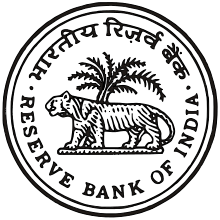 The Reserve Bank of India (RBI) has strengthened the rules that prompt regulatory action on lenders when they fall short of capital or exceed bad loan limits.
The Reserve Bank of India (RBI) has strengthened the rules that prompt regulatory action on lenders when they fall short of capital or exceed bad loan limits.
Under the new rules, as many as 16 banks could face RBI ‘s intervention if their December quarter numbers are considered, reported the LiveMint.
“Under the revisions announced, the first risk threshold under prompt corrective action (PCA) would be triggered if the capital-to-risk assets ratio falls below the minimum mandated 10.25 per cent. The original rules introduced in 2002 had set this limit at 9 per cent. Breaching this threshold would mean restrictions on dividend distribution or remittance or profits; promoters would also be asked for a capital infusion,” said RBI.
In addition to this, RBI has also defined two more risk thresholds considering the drop in capital adequacy ratio below 7.75 per cent and below 6.25 per cent. Each higher threshold brings more restrictions such as stopping branch expansion, higher provisions and even restrictions on management compensation and directors’ fees.
Furthermore, RBI has armed itself with discretionary powers such as winding up the bank or merging it, which it would use when the highest risk threshold is breached.
Elets The Banking and Finance Post Magazine has carved out a niche for itself in the crowded market with exclusive & unique content. Get in-depth insights on trend-setting innovations & transformation in the BFSI sector. Best offers for Print + Digital issues! Subscribe here➔ www.eletsonline.com/subscription/




















